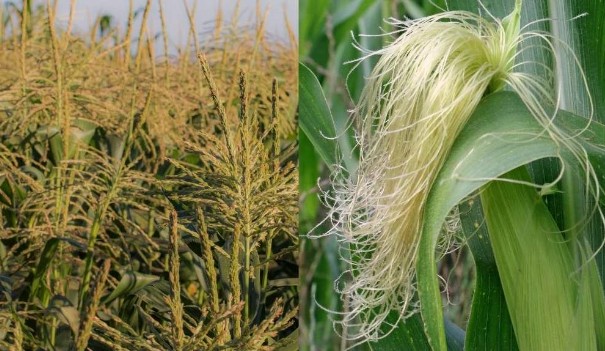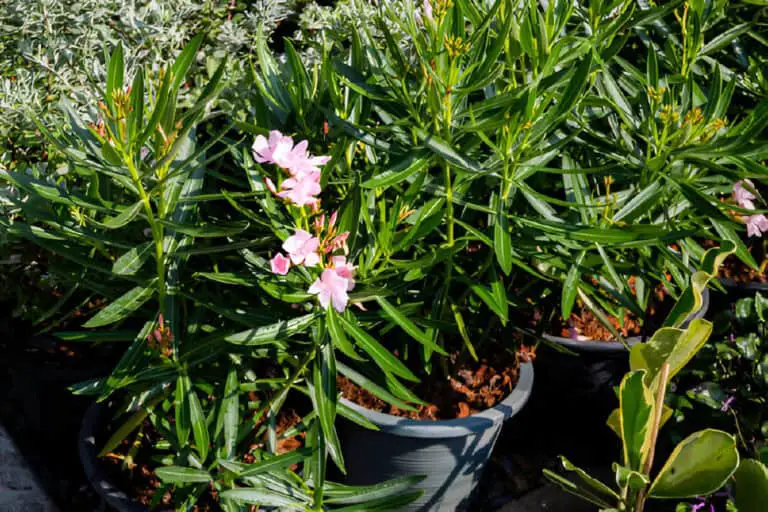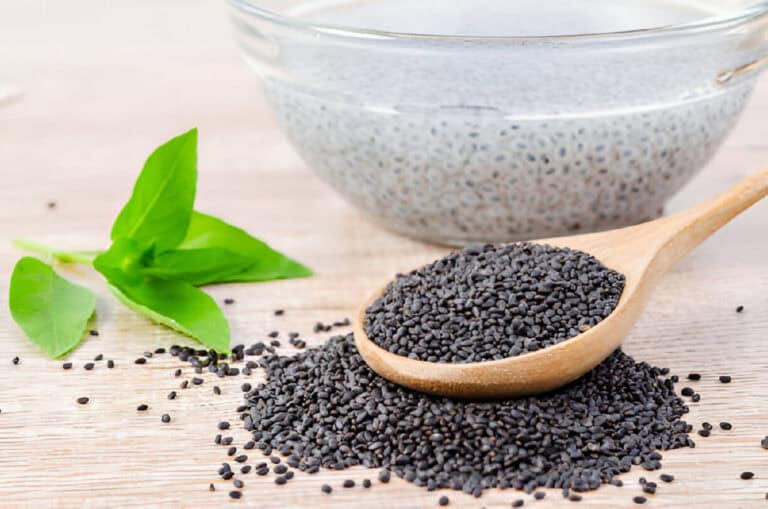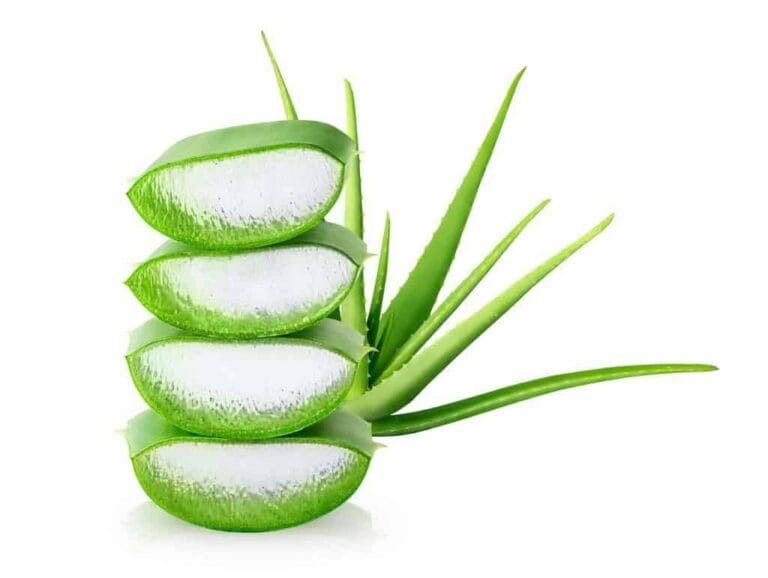How to Transplant Zucchini Plants: A Step-by-Step Guide
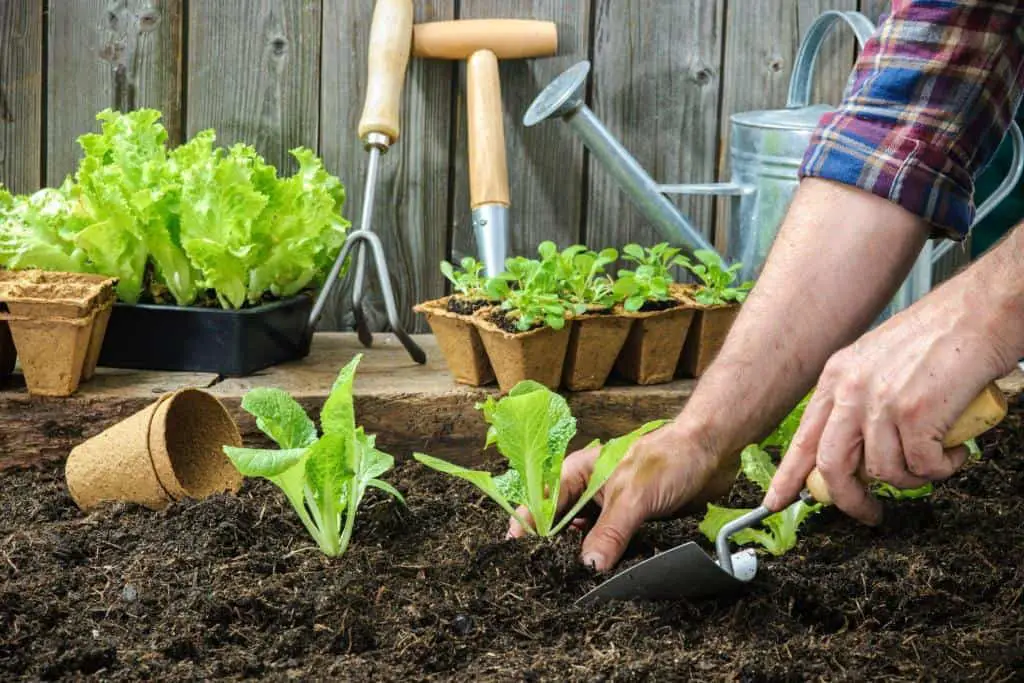
Transplanting zucchini plants may seem simple. However, it is incredibly important for their success and future harvest of these delightful green vegetables. In this comprehensive guide, we will explore the step-by-step process of transplanting zucchini plants with precision and care.
Whether you’re a seasoned gardener or just starting your journey into growing your own vegetables, this article is designed to provide you with fresh insights and expert advice. It will help ensure a bountiful zucchini yield.
Proper transplantation techniques can make all the difference in the health and productivity of your zucchini plants. By carefully moving them from their initial seedling pots or trays into their permanent gardening beds, you give them the opportunity to establish strong roots in nutrient-rich soil. This allows them to absorb essential nutrients more effectively. It promotes healthier growth and increases their ability to ward off diseases and pests.
But beyond providing practical benefits for your garden, there’s something almost magical about transplanting these little seedlings into their new homes. It’s an act that symbolizes growth, transformation, and nurturing potential. As gardeners, we have the power to create life – to cultivate thriving ecosystems within our backyards or even on our balconies.
So join us as we delve into the art of transplanting zucchini plants. We’ll unlock secrets passed down through generations and embrace innovative techniques that align with modern practices.
Why Do You Want to Transplant Zucchini Plants?
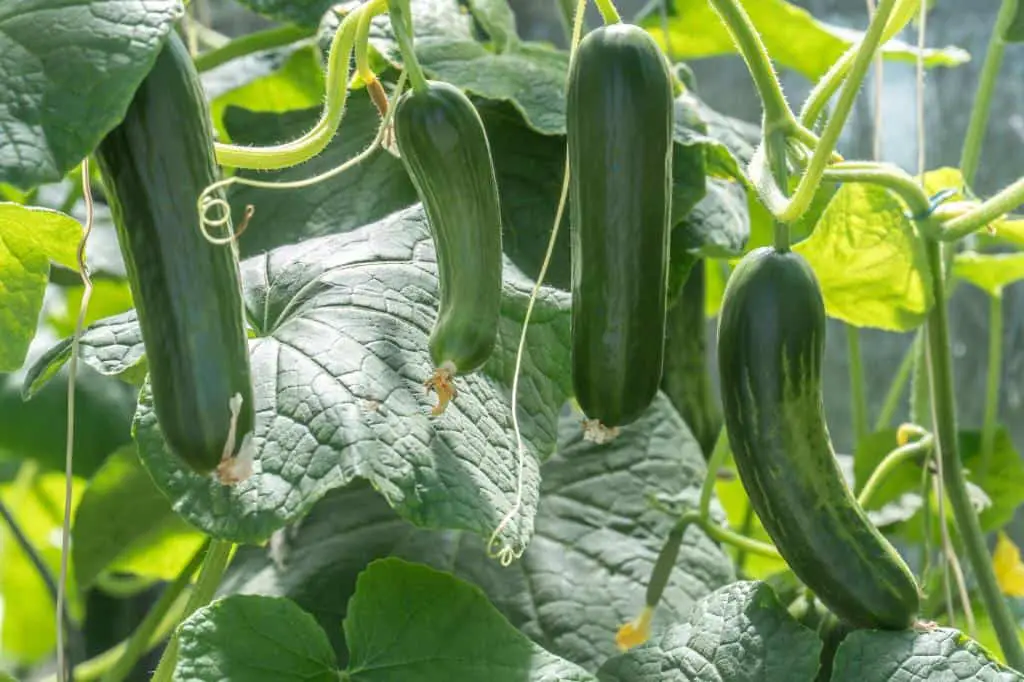
Transplanting zucchini plants offers several benefits. This contributes to their overall health and productivity. First and foremost, it provides them with more space to spread their roots and access essential nutrients in the soil. Transplanting also allows you to optimize their exposure to sunlight. This ensures they receive the most energy for photosynthesis. This, in turn, promotes robust growth and higher yields of zucchini fruits.
Transplanting zucchini plants can help you organize your garden more efficiently. It allows you to plan out spacing and companion planting for better overall garden health.
Preparing for Zucchini Transplantation
Selecting healthy seedlings or young plants matters a lot for a good transplantation. Look for robust plants with vibrant green leaves and sturdy stems. Avoid those that appear weak, wilted, or diseased. Healthy seedlings are more likely to establish well in their new location and thrive throughout the growing season.
Timing the Transplant
Timing is everything when it comes to transplanting zucchini plants. Wait until all threats of frost have passed. Also, wait until the soil has warmed up sufficiently before moving your zucchini seedlings outdoors.
The ideal time for transplantation is twice a year. Summer usually comes after at least two weeks of consistently warm weather, with daytime temperatures around 70°F (21°C) or higher. And after winter, usually after the last frost,.
By transplanting at the right time, you can protect your young zucchini seedlings from the risk of cold damage. This also gives them a head start in their growth journey.
Planting Site
Prepare the new planting site by giving your zucchini plants a nutrient-rich foundation. Start by clearing away any weeds or debris from the area where you plan to transplant them. Then, enrich the soil quality by mixing in compost or aged manure to improve soil fertility and drainage properties. Zucchini prefer well-drained soil that is slightly acidic with a pH between 6 and 7.
How to Transplant Zucchini Plants (Step-by-Step Guide)
Now, let’s get into the heart of the matter—transplanting your zucchini plants. Follow these simple steps for a successful transplanting process:
Step 1: Prepare the Soil
First, choose a sunny spot in your garden with well-draining soil. Dig a hole that is slightly larger than the root ball of your zucchini seedling. Dig proper-sized holes in the new location. This is crucial for successfully transplanting zucchini plants.
The holes should be deep enough to accommodate the entire root system without crowding or bending the roots. By giving each plant ample room to spread its roots, you are providing it with the necessary space and nutrients to thrive in its new environment.
Step 2: Water the Seedlings
Before transplanting, water your zucchini seedlings thoroughly. This ensures that the roots are well-hydrated and minimizes transplant shock. Adequately water seedlings before lifting them from their original containers or beds. This is another key consideration in the transplantation process.
Moistening the soil will help loosen it, making it easier to remove the delicate seedlings without damaging their fragile roots. Additionally, well-hydrated plants are better equipped for survival during and after transplanting.
Step 3: Gently Remove Seedlings
Carefully remove the zucchini seedlings from their containers, taking care not to damage the delicate roots. If the seedlings are root-bound, gently tease the roots apart to encourage outward growth.
Gently remove each plant to minimize root damage. This is essential for healthier growth after transplanting. Carefully slide your hand under the seedling’s base, supporting it from below as you lift it out of its original container or garden bed.
Avoid pulling on any part of the plant above ground level, as this can result in unnecessary stress or even breakage. By handling each plant with care and precision, you increase its chances of establishing itself successfully in its new home.
Step 4: Plant Seedlings
Place the zucchini seedlings in the prepared holes. Ensure that the soil level matches that of the seedling’s original container. Firmly press the soil around the base of the seedlings to provide stability.
Step 5: Water Again
After transplanting, give the zucchini seedlings another thorough watering. This will settle the soil around the roots. Ensure that the soil remains consistently moist but not waterlogged in the following days.
Step 6: Mulch and Support
Mulch around the base of the zucchini plants to retain moisture and suppress weeds. Additionally, consider providing support such as stakes or trellises, especially if you’re growing vining varieties.
Step 7: Monitor and Maintain
Keep a close eye on your transplanted zucchini plants in the days and weeks following transplanting. Water them regularly and fertilize as needed to promote healthy growth. Watch out for pests and diseases, and take appropriate measures to protect your plants.
Transition and Post-transplant Care
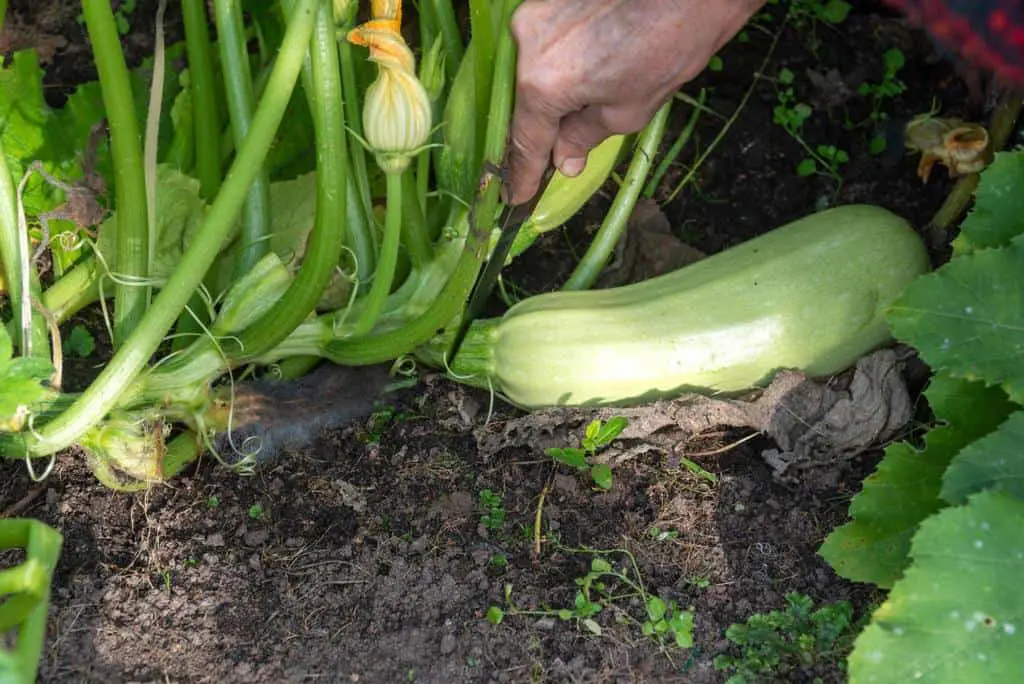
After successfully moving your zucchini plants to the outdoors, the next important step is to let them get used to the new conditions over time. Zucchini plants, like many other vegetables, are sensitive to sudden changes in temperature and sunlight exposure. To prevent zucchini transplant shock and give them the best chance of survival, introduce them slowly to their new environment.
Start by placing the transplanted zucchini plants in a shady spot for a few hours each day during the first week. This will allow them time to adjust without being exposed to intense sunlight immediately. Over time, increase their exposure to direct sunlight until they are spending the entire day outside.
Mulching around your newly transplanted zucchini plants can provide numerous benefits. Not only does it help conserve moisture and suppress weeds, but it also acts as an insulating layer against extreme temperatures. Apply mulch around each plant, making sure not to pile it too high against the stems, which could create excess moisture or encourage rotting.
Also see: Mulching After Rain vs. Before: Which is Better for Your Garden?
Furthermore, consider staking your zucchini plants if necessary. As they grow taller and develop heavy fruits, providing additional support will help prevent the bending or breaking of branches under their own weight. You can use bamboo stakes or any other suitable materials available.
Pruning zucchini plants can significantly benefit their growth and overall health. By removing excess foliage, gardeners can promote better airflow and sunlight penetration. This can reduce the risk of diseases such as powdery mildew. Pruning also directs the plant’s energy towards producing more fruits rather than sprawling foliage, resulting in a higher yield per plant.
Lastly, make soil moisture monitoring a regular habit during post-transplant care. While young plants need constant watering for healthy growth, over-watering can lead to root rot or fungal diseases that harm overall plant health. Avoid letting the soil dry out completely between waterings. But be mindful not to keep it excessively soggy either. Finding that balance is key for optimal growth and productivity.
Tips for Zucchini Transplantation Success
Choose the right varieties: Select zucchini varieties suited to your climate and growing conditions for optimal results.
Space Appropriately: Give your zucchini plants plenty of room to spread out, as overcrowding can lead to poor airflow and an increased risk of disease.
Harvest Regularly: Harvest zucchini fruits when they are young and tender for the best flavor and texture. This also encourages continued production.
Rotate Crops: Rotate crops to prevent soil depletion and minimize pest and disease pressure. Rotate your zucchini plants with other crops each growing season.
Troubleshooting and Common Issues
Identifying signs of stress or transplant shock in zucchini plants can be crucial. It ensures their survival and overall health. It’s not uncommon for transplanted zucchini plants to exhibit some level of distress as they adjust to their new environment.
1. Transplant Shock
Look out for wilting leaves, yellowing foliage, or stunted growth. These are all potential indicators that your zucchini plant may be experiencing transplant shock. To minimize the chances of this happening, make sure you prepare your planting hole properly by loosening the soil and adding organic matter like compost or well-rotted manure. Additionally, consider using a transplant solution or water-soluble fertilizer with root-stimulating properties. This will help your zucchini plants adapt more seamlessly.
2. Pests and Diseases
After transplantation, pests and diseases can damage your newly planted zucchini if left unchecked. Common pests such as aphids, squash bugs, and cucumber beetles have been known to wreak havoc on young seedlings during this vulnerable stage.
Combat these critters by regularly inspecting your plants for signs of infestation. Promptly remove any offenders manually, if possible. For severe cases or larger gardens where manual removal might not suffice, consider using organic insecticides specifically formulated for vegetable crops as a safer alternative than harsh chemicals.
Similarly, diseases like powdery mildew can also pose risks post-transplantation due to increased humidity levels in certain regions during the growing season. Powdery mildew manifests itself as white fuzzy patches on leaves, which gradually spread if left untreated. The key here is prevention. Make sure you provide adequate air circulation around each plant by spacing them out properly during transplantation. This will reduce humidity buildup and minimize the risk of disease outbreaks.
Conclusion
In conclusion, transplanting zucchini plants is a crucial step in successfully growing these versatile and delicious vegetables. Throughout this guide, we have explored the step-by-step process of how to transplant zucchini plants. We covered preparing the seedlings and caring for them after transplantation. We’ve discussed important considerations. These include timing, soil preparation, watering techniques, and providing adequate support.
By following these guidelines and tips, you are well-equipped to transplant zucchini plants with confidence. Remember to give your transplants ample space and sunlight while keeping an eye out for any signs of stress or disease. Don’t be afraid to experiment with different varieties or planting techniques to find what works best for you.
Now that you have gained valuable insights into transplanting zucchini plants, it’s time to put your new knowledge into practice! Get ready to enjoy a bountiful harvest of homegrown zucchinis. They’ll impress your family and friends, and they’ll add freshness and flavor to your favorite culinary creations. Happy gardening!

